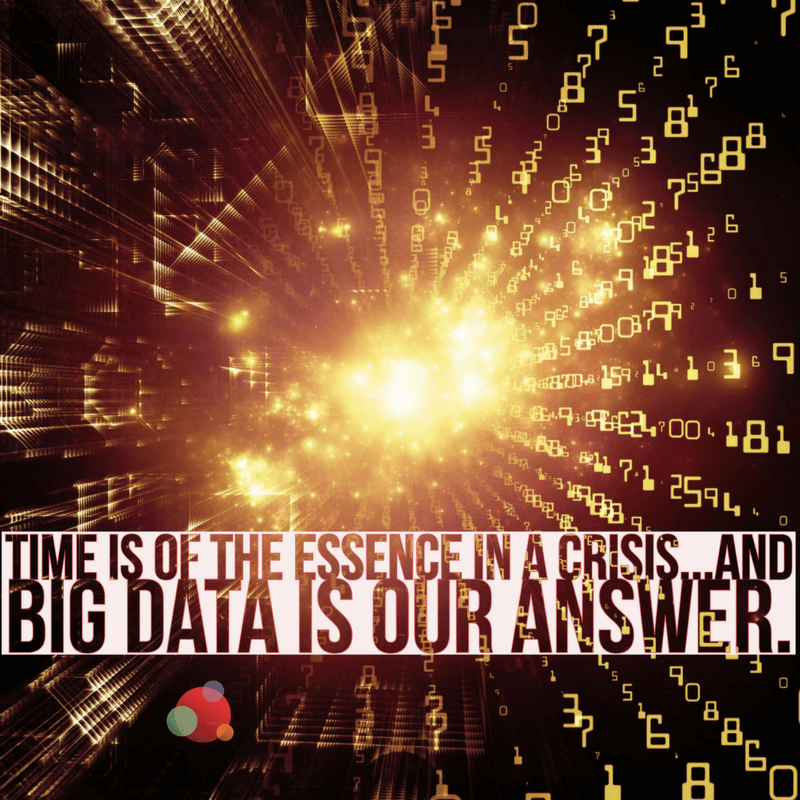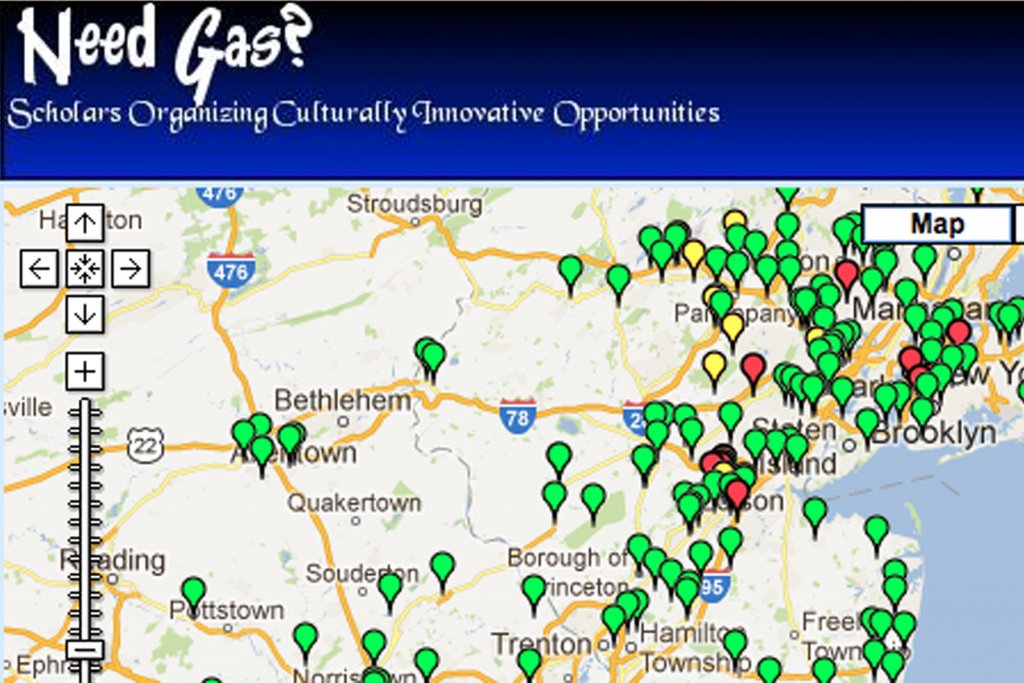 I just got back from Social Media Marketing World, where I did a breakout session on how to use data and analytics in crisis communications planning.
I just got back from Social Media Marketing World, where I did a breakout session on how to use data and analytics in crisis communications planning.
And, because not all of you were there—and because I now have nearly 5,000 words of content from it—I thought it’d be fun and informative to do a three-part series on the topic.
Let’s start by uncovering how Big Data can help manage a crisis situation.
How Big Data Can Help in Crisis Communications Planning
To ensure we are all talking about the same thing, Big Data is the name given to the ability to collect a large amount of data and analyze it for insights.
The time has come to use Big Data in everything that we do, no matter how big or small your organization.
Or, as Mitch Joel says, “It’s time to have sex with data.”
This data includes everything from the conversations happening online to website traffic, brand sentiment spikes, and customer service enquiries.
We can all agree that crises are big, messy, and noisy situations.
Big Data can help us make sense of everything being thrown at us.
Big Data in a Natural Disaster
There are, of course, the gigantic natural crises that are completely out of control—such as the Haiti earthquake and the Japanese earthquake and tsunami.
Big Data helped focus humanitarian efforts in those situations.
But one of my most favorite examples of the use of Big Data in a crisis was following Hurricane Sandy.
High school students collaborated to create an online map of New York and New Jersey to show where gas was available.
Big Data has helped in every one of those situations.
Of course, it makes sense to use Big Data to predict natural disasters. But what about the crises each and every one of us will face in our jobs?
What About Our Own Crisis Communications Planning?
We can use Big Data to improve accuracy of insights and solve problems more effectively.
In many cases, the reaction times are reduced by months to week to days or even hours.
But, as you know, time is of the essence in a crisis…and Big Data is our answer.
There are three things Big Data can help you do in a crisis:
- Identify weaknesses
- Look at past results to predict future results
- Monitor current crises
Identify Weaknesses
It is paramount to a company’s success that you identify any and all areas that could be potential vulnerabilities.
Companies can implement Big Data at this stage to identify other areas of weakness that most human beings may not notice.
These often overlooked areas are precisely the ones that come back to haunt them, often at a large cost.
For example, Target might have been able to avoid their pre-Christmas 2013 data breach if they’d been using Big Data in this way to monitor their third-party credit card processors.
Of course, hindsight is 20/20 and it’s easy for me to sit here and say that’s the case, but Big Data is key to being focused and thorough in your planning phase.
Big Data gives you more items to monitor to identify weaknesses, such as customer interactions, signals, movements of goods, and activities.
By using Big Data to look at these numerous different sources, companies are in a much better position to make any needed changes to mitigate potential risk and head off a crisis before it starts.
Predict Future Results
Now that you have your weaknesses figured out, you can move on to look at past results to predict the future.
With those results, it’s easier for a company to identify negative outcomes that would likely result if a disaster of some sort were to occur.
In this step, Big Data is extremely vital.
With it, companies can discover new ways to overcome problems they’ve faced in the past and those they’ll likely face again in the future.
Of particular value is the use of social data.
Monitor Current Crises
And the last step is to monitor current crises—for your customers, your industry, and your competitors.
While we hope to never be struck by a crisis, that’s naive, at best.
In today’s digital world—and a world where one tweet from our president can send stock prices to the toilet—every one of us will be hit with a crisis.
Perhaps it’ll be small, or there could be a huge data security breach.
This is where Big Data helps.
It can be used to monitor the web, social media, customers sentiment, company sentiment, and a variety of other measurements that may be key to a crisis management plan.
Doing all of that in real time allows you to make quick, effective decisions to get back on track.
Big Data can also be extremely effective in helping multiple branches and divisions work together when dealing with a major crisis.
What’s Next in the Three-part Series
This is just to whet your appetite.
It will help prepare you to combine social listening and media monitoring into your crisis communications planning.
Tomorrow we’ll go through six ways to use social listening.
I guarantee you won’t have thought of all six.
But, if you have, you clearly are a smarty pants and should bestow more wisdom on us.
I’m serious…because I could come up with only the six and I could use help adding more.
Then you should enter your program in the PR Daily Digital and Social Media Awards.
Rumor has it they’re looking for really great crisis entries.
After you finish with your social listening, we’ll talk through the six questions you should ask during crisis communications planning.
And, if you’re really, really nice, I’ll have some goodies for you to download.
Until then, what questions do you have about how Big Data can help in your crisis communications planning?
